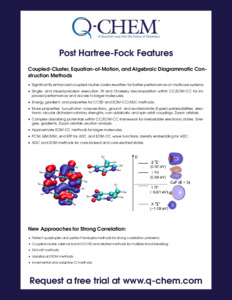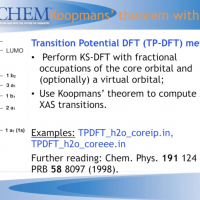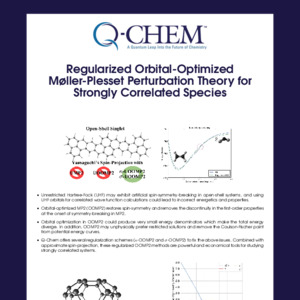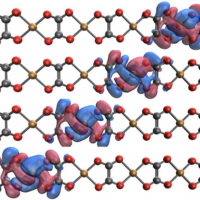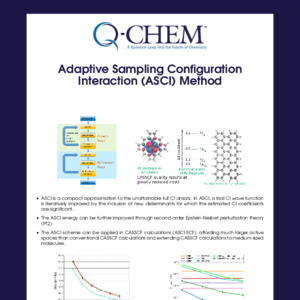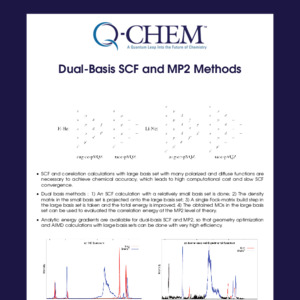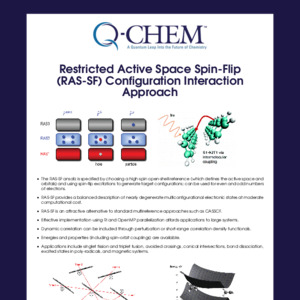Post Hartree-Fock Features
Coupled-Cluster, Equation-of-Motion, and Algebraic Diagrammatic Construction Methods
-
Significantly enhanced coupled-cluster codes rewritten for better performance on multicore systems;
-
Single- and mixed-precision execution, RI and Cholesky decomposition within CC/EOM-CC for improved performance and access to larger molecules;
-
Energy, gradient, and properties for CCSD and EOM-CC/ADC methods;
-
More properties: two-photon cross-sections, ground- and excited-state (hyper)-polarizabilities, electronic circular dichroism rotatory strengths, non-adiabatic and spin-orbit couplings, Dyson orbitals;
-
Complex absorbing potentials within CC/EOM-CC framework for metastable electronic states: Energies, gradients, Dyson orbitals, exciton analysis;
-
Approximate EOM-CC methods for larger molecules;
-
PCM, QM/MM, and EFP for ADC and EOM-CC wave functions; density embedding for ADC;
-
ADC and EOM methods for core-ionized and core-excited states.
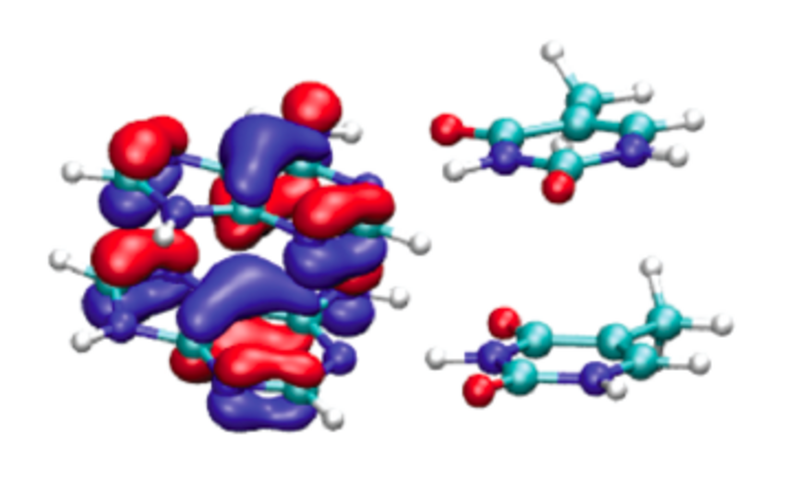
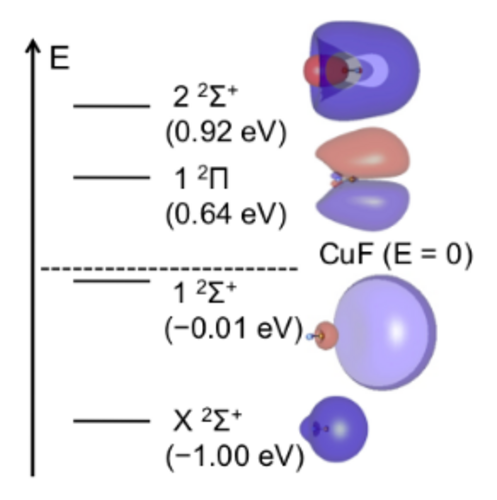
New Approaches for Strong Correlation:
-
Perfect quadruples and perfect hextuples methods for strong correlation problems;
-
Coupled-cluster valence bond (CCVB) and related methods for multiple bond breaking;
-
RAS-nSF methods;
-
Variational 2RDM methods;
-
Incremental and adaptive CI methods.
Want to try Q-Chem?
